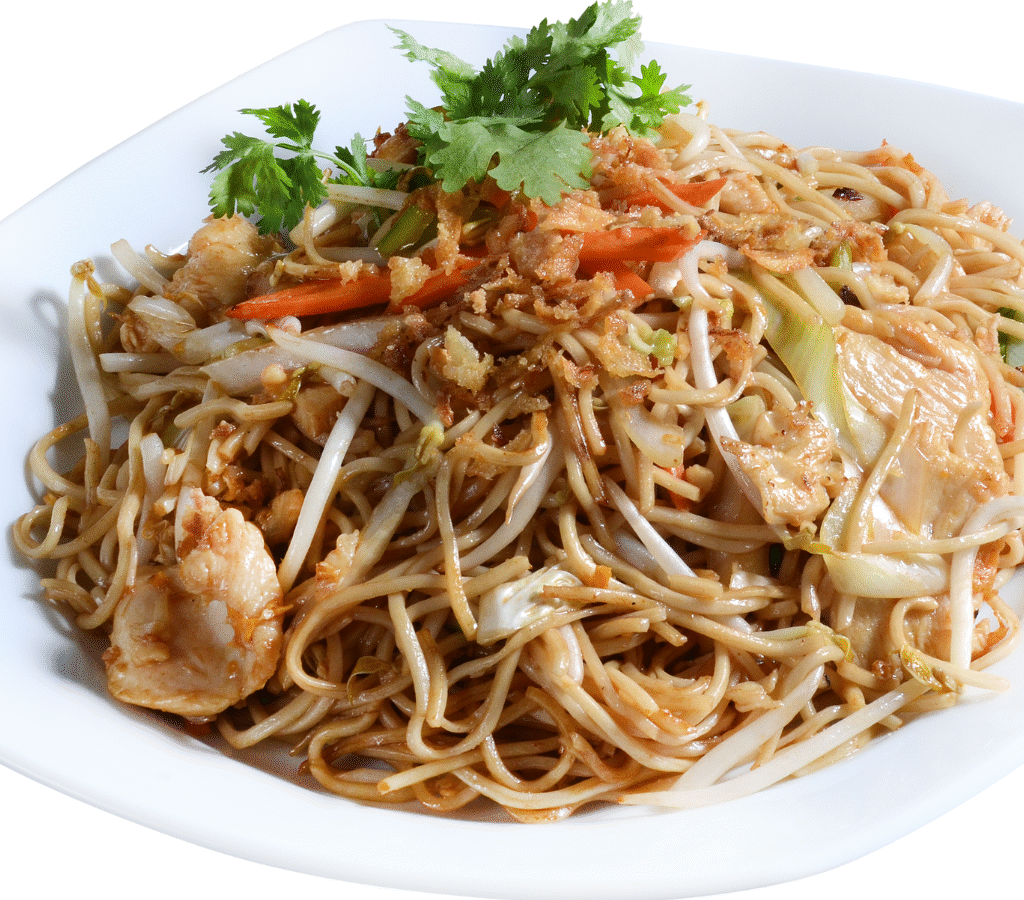Maggie – More Than Just Instant Noodles
When one hears the word Maggie, it instantly evokes memories of steaming bowls of instant noodles prepared in just two minutes. But Maggie is not merely a food product; it is an emotion, a cultural phenomenon, and a symbol of comfort for millions of people across the globe, especially in India. Over the years, Maggie has moved beyond being just a brand of noodles. It has transformed into a household name, synonymous with quick meals, nostalgic memories, and an ever-evolving food culture.
This article explores Maggie’s history, popularity, impact on society, controversies, and its significance in shaping modern eating habits.

The Origins of Maggie
The story of Maggie dates back to the late 19th century. Julius Maggi, a Swiss entrepreneur, introduced ready-to-use food products to address the nutritional needs of working women and families who struggled to prepare elaborate meals. In 1886, Maggi launched his first line of instant soups and seasonings. These products quickly became popular across Europe due to their convenience and affordability.
Eventually, the brand was acquired by Nestlé in 1947, which expanded Maggie’s presence across continents. With innovation and adaptation to local tastes, Nestlé transformed Maggie into a global brand offering noodles, sauces, soups, seasonings, and ready-to-cook meals.
Maggie’s Arrival in India
Maggie entered the Indian market in 1983. At the time, instant noodles were an entirely new concept in India. Traditional Indian households were accustomed to preparing fresh meals, and packaged foods were considered either foreign or unnecessary.
Nestlé India took on the challenge of introducing Maggie noodles with the now-iconic tagline:
“Fast to Cook, Good to Eat.”
It positioned Maggie as a quick and tasty snack for children, but over time, it found acceptance with people of all ages. The concept of “2-minute noodles” appealed to urban families, working mothers, college students, and bachelors living away from home.
Within a decade, Maggie had become one of the most recognized and loved brands in India. It was no longer just food; it became comfort in a packet.
Why Maggie Became So Popular
Several factors explain Maggie’s rise as India’s favorite snack:
- Convenience
Preparing Maggie takes little effort and minimal ingredients. Its promise of “2 minutes” resonated with busy households. - Affordability
Maggie was priced to suit the Indian middle class. For a few rupees, one could enjoy a hot and filling meal. - Taste and Adaptability
The flavor of Maggie’s masala was uniquely crafted for the Indian palate – a balance of spices, tanginess, and aroma. Additionally, it could be customized easily with vegetables, eggs, or meat, making it versatile. - Emotional Bonding
For many, Maggie is associated with childhood memories, late-night hostel snacks, college canteen treats, or road trips in the hills. This emotional connection has made it more than just food. - Strong Marketing
Nestlé’s advertising played a major role in Maggie’s success. Campaigns like “Mummy, bhookh lagi hai” and “Taste bhi, health bhi” reinforced Maggie as both tasty and dependable.
Maggie as a Cultural Phenomenon

Maggie is deeply embedded in Indian culture. From roadside stalls to five-star hotels, Maggie finds its place on menus in innovative forms. Street vendors serve it with vegetables, cheese, or even spicy twists. In the Himalayan regions, “hill-station Maggie” cooked with extra masala and vegetables is a must-have experience for travelers.
Hostel life and Maggie have an inseparable bond. Students living away from home often rely on Maggie during exam nights or when hostel food becomes monotonous. Similarly, young professionals in metropolitan cities consider Maggie a lifesaver after long working hours.
Maggie is also a symbol of comfort food. Much like soup or homemade khichdi, a bowl of Maggie often provides warmth and satisfaction during stressful times.
Beyond Noodles: Maggie’s Product Range
Though Maggie noodles are the flagship product, the brand has expanded into various segments:
- Maggie Masala-ae-Magic: Spice blends used to enhance home-cooked meals.
- Maggie Sauces: Ranging from classic tomato ketchup to chili garlic sauce.
- Maggie Soups: Instant soup packets catering to quick-meal lovers.
- Maggie Oats Noodles, Atta Noodles: Introduced as healthier alternatives.
- Maggie Cup Noodles: Ready-to-eat convenience cups for busy individuals.
This diversification has helped Maggie stay relevant in changing times.
The 2015 Controversy
In 2015, Maggie faced one of the biggest crises in its history. Regulatory authorities in India claimed that Maggie noodles contained excessive lead and monosodium glutamate (MSG) beyond permissible limits. The Food Safety and Standards Authority of India (FSSAI) imposed a nationwide ban, leading to the recall of millions of packets.
For a brand so deeply loved, the news came as a shock. Social media was flooded with debates, memes, and expressions of disbelief. Street vendors, shopkeepers, and loyal consumers felt the void of Maggie’s sudden absence.
Nestlé, however, maintained that Maggie was safe and complied with all standards. After several months of legal battles and tests conducted by independent laboratories, Maggie was declared safe for consumption and reintroduced in November 2015.
Interestingly, the controversy strengthened the emotional bond consumers had with the brand. People eagerly awaited its return, and sales quickly bounced back. Maggie’s comeback campaigns emphasized trust and nostalgia, reminding consumers of the role it played in their lives.
Maggie’s Role in Popular Culture
Few food products have influenced popular culture the way Maggie has. It is mentioned in movies, television shows, songs, and even literature. For many, the word “Maggie” is not just about noodles but about friendship, late-night conversations, and shared experiences.
On social media, recipes like Maggie pakoras, Maggie pizza, and Maggie bhel often go viral. Chefs and food bloggers experiment with Maggie to create quirky dishes, proving its versatility.
Maggie has also been the subject of academic case studies in business schools, analyzing its marketing strategies, crisis management, and brand loyalty.

Health Debate: Is Maggie Good for You?
While Maggie is loved by millions, it has often been criticized for being unhealthy due to its high sodium, refined flour, and additives. Nutritionists caution against regular consumption, especially for children.
In response, Nestlé has introduced variants such as:
- Maggie Atta Noodles (made with whole wheat)
- Maggie Oats Noodles
- Maggie Multigrain Noodles
These alternatives aim to cater to health-conscious consumers while retaining the original taste. Nevertheless, most people continue to consume the classic version, considering it as occasional comfort food rather than a daily staple.
Maggie as an Emotion
What truly makes Maggie unique is the emotional attachment people have with it. For many, it represents:
- Nostalgia – Memories of childhood evenings when mothers served Maggie after school.
- Friendship – Bonding moments in hostels, dormitories, and road trips.
- Independence – The first dish many learn to cook when living away from home.
- Comfort – A go-to food during sadness, stress, or bad weather.
Maggie is one of those rare brands that has successfully transcended generations, remaining relevant to both children and adults.
Read also: How to make Khamman Dhokhla
The Global Face of Maggie
While India is Maggie’s largest market, it enjoys popularity in other countries too. In Malaysia, Singapore, and Nigeria, Maggie noodles are staples in local cuisines. Each region has unique flavors suited to local tastes—for instance, curry noodles in Malaysia or chili noodles in Africa.
This adaptability has allowed Maggie to become a global brand with local roots, blending international standards with regional preferences.
